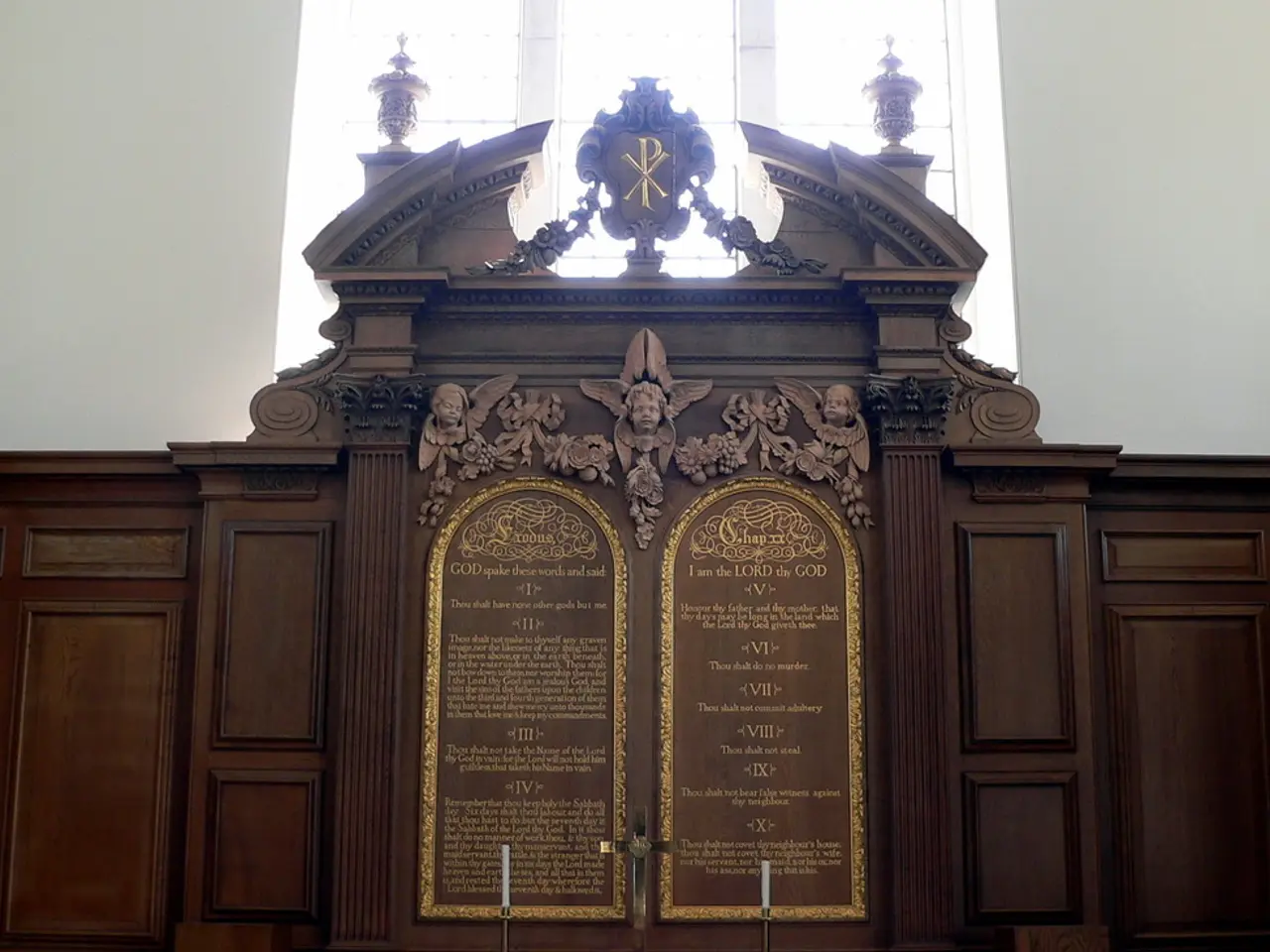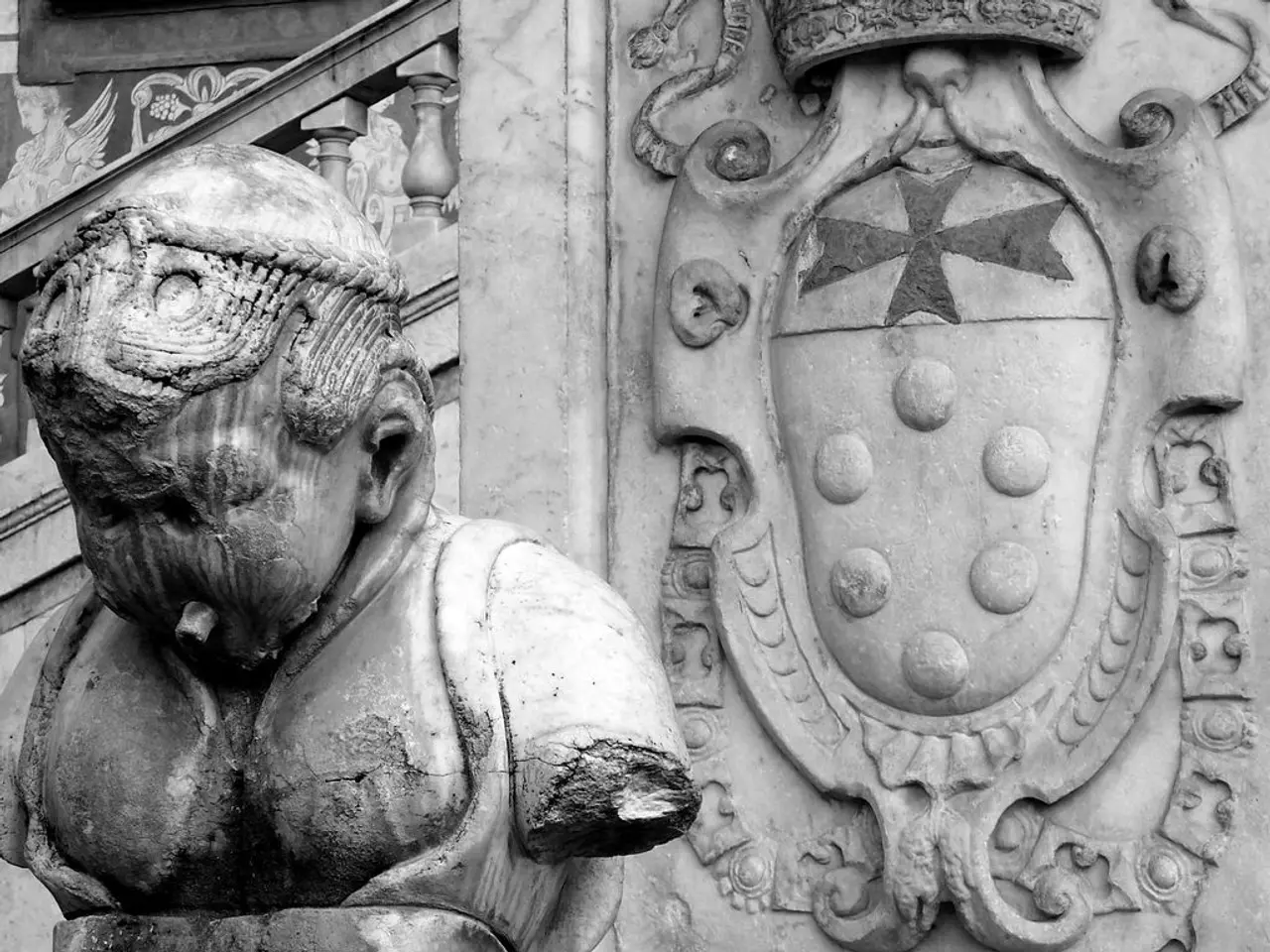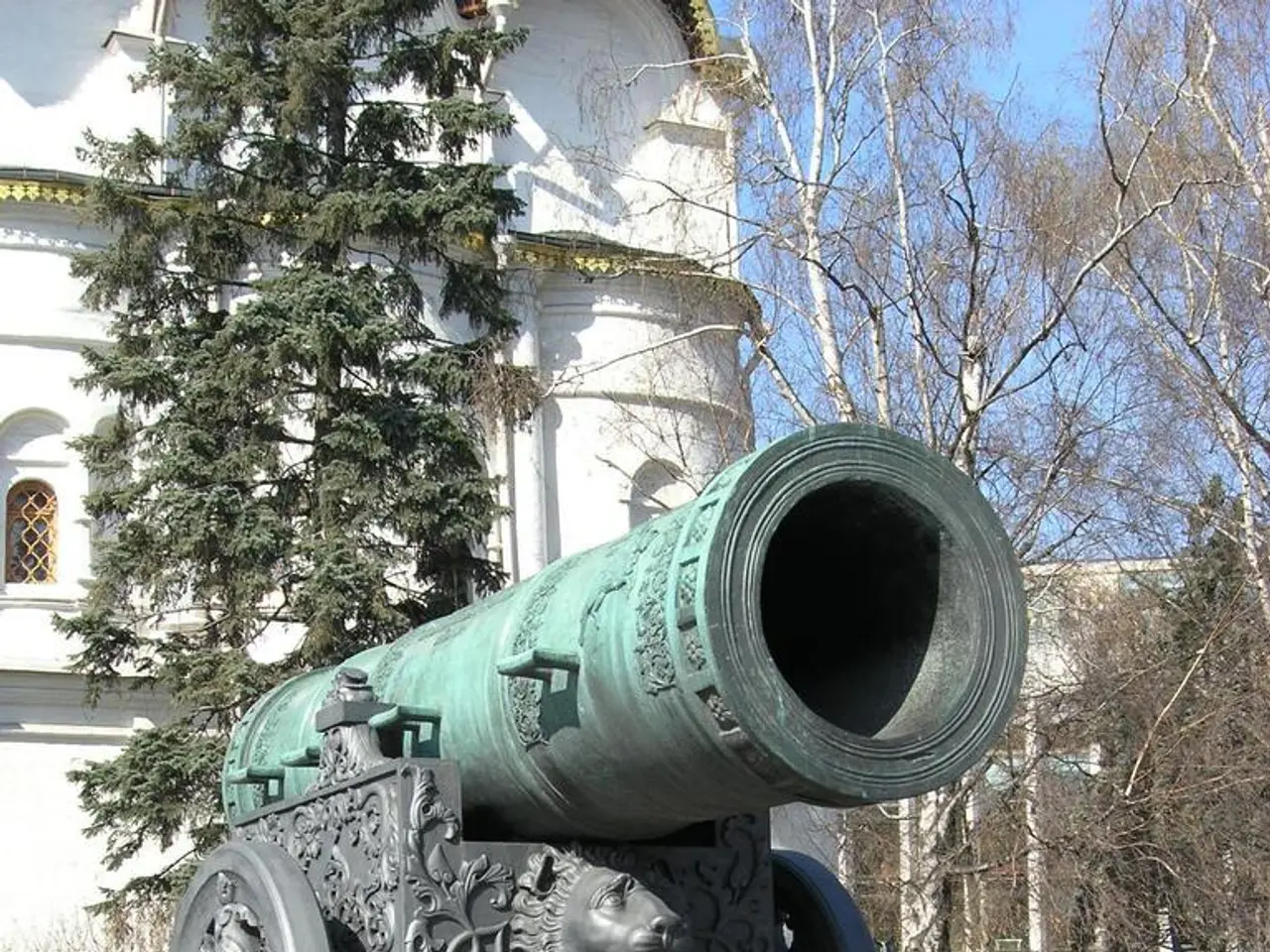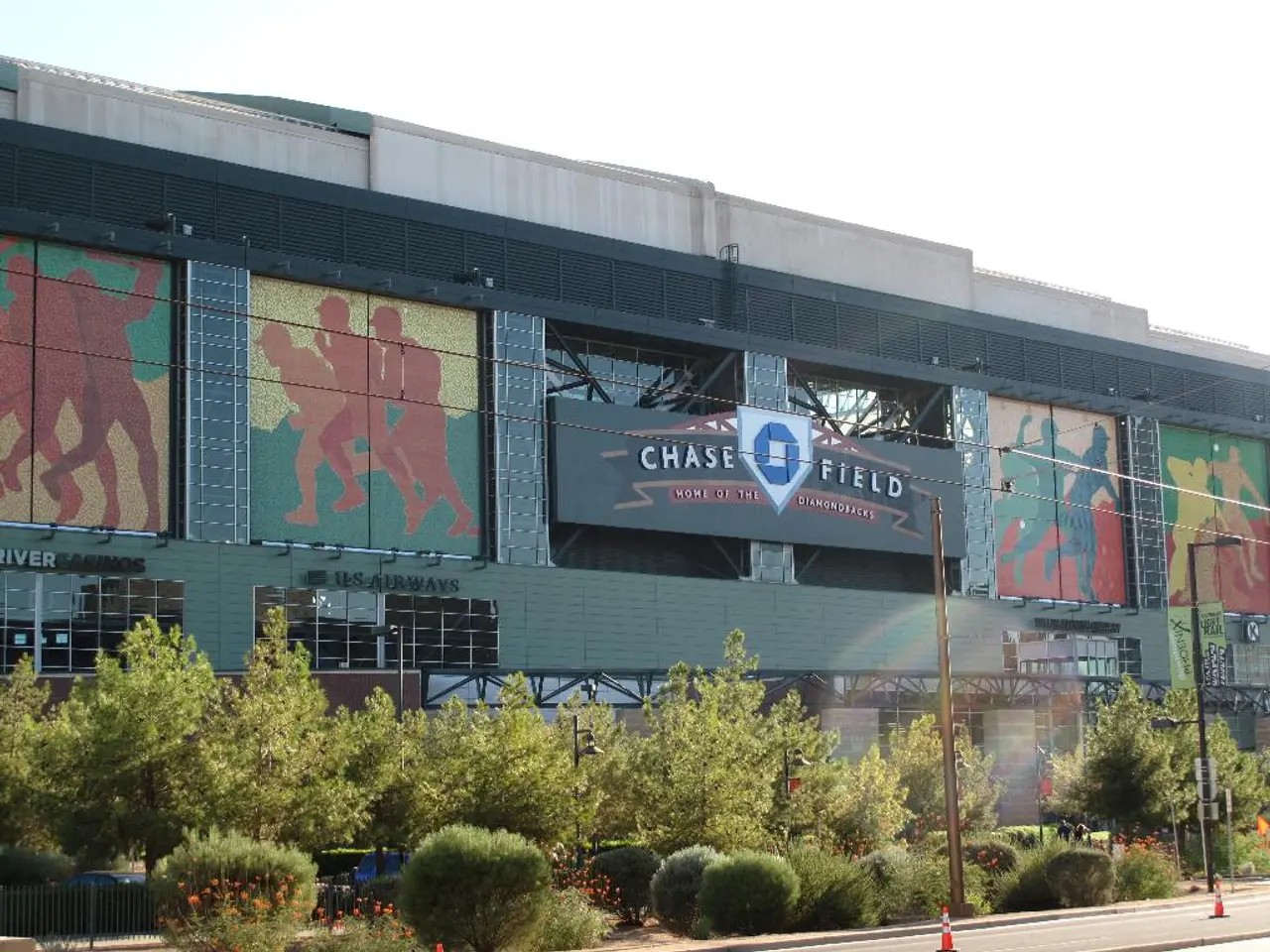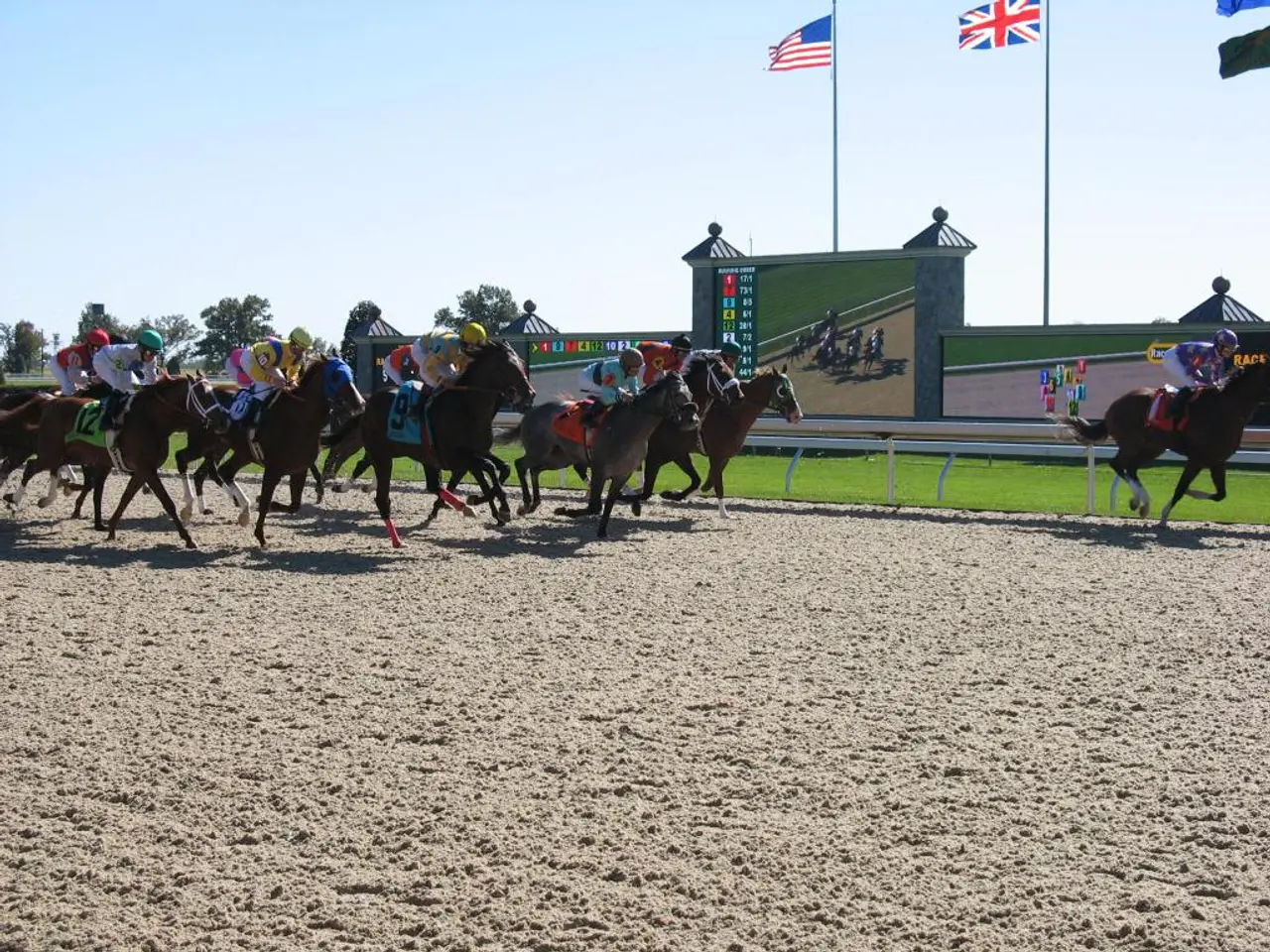Bayeux Tapestry, a mix of war propaganda and comic art, set to make a comeback in the U.K.
The iconic Bayeux Tapestry, a medieval depiction of the 1066 Battle of Hastings, is set to make its first appearance in the United Kingdom in approximately 900 years. This historical artifact will be temporarily loaned to the British Museum in 2026, marking a significant moment in cultural and educational exchange between the UK and France.
The Bayeux Tapestry, a 224-foot long tapestry woven in wool on linen, is an invaluable piece of history that showcases the Norman invasion of England. Its display in the UK will offer a unique opportunity to explore this period in history more closely, as it is believed to have been made in England during the 11th century.
The loan arrangement provides immense benefits for citizens in both countries. It allows millions of people to see the tapestry up close for the first time in nearly a millennium, enhancing public access and understanding of this historical artifact.
In a reciprocal exchange, the British Museum will lend significant treasures, including the Sutton Hoo collection and the Lewis chessmen, to institutions in France. This fosters cultural exchange and cooperation between the two nations. France had long resisted loaning the Bayeux Tapestry, but the agreement was finally reached, reflecting a strengthening of cultural ties between the UK and France.
The Bayeux Tapestry, often called the world's first war propaganda, will go on display in London's British Museum starting in September 2026. The tapestry is currently displayed in a museum in the medieval town of Bayeux, Normandy, France.
This exchange is part of a larger trend of museums giving things back, according to museum experts. The British Museum, which has many artifacts in its collection that were plundered during imperial and colonial eras, publishes a list of contested artifacts on its website.
During a three-day U.K. state visit by French President Emmanuel Macron, Macron and British Prime Minister Keir Starmer also announced a "one in, one out" deal to tackle illegal migration across their water border in the English Channel. The Kohinoor diamond will not make an appearance at King Charles III's coronation.
The loan deal for the Bayeux Tapestry was announced during Macron's visit, adding another layer of diplomatic significance to the exchange. In a light-hearted moment, Macron joked about the length of time it took to secure the Bayeux Tapestry loan, comparing it to the Brexit process.
- The British Museum's acquisition of the Bayeux Tapestry for display in 2026 offers a chance to delve deeper into the ESG (Environmental, Social, and Governance) aspects of medieval politics, providing a unique insight into the macro-economic and cultural conditions during the 11th century.
- As part of the cultural exchange, the British Museum will also be lending significant index assets, such as the Sutton Hoo collection and the Lewis chessmen, to French institutions, promoting a balanced distribution of cultural wealth and further strengthening the relationship between the two nations.
- In the realm of Defi (Decentralized Finance), the unprecedented exchange of such priceless assets between two prestigious institutions can serve as a powerful exemplar, fostering trust and cooperation in an increasingly interconnected global economy.
- Meanwhile, the complex discussions around the Kohinoor diamond, as a symbol of imperial politics, and its exclusion from King Charles III's coronation, reflect the general-news landscape of ongoing debates regarding restitution, cultural property, and national pride in contemporary society.
